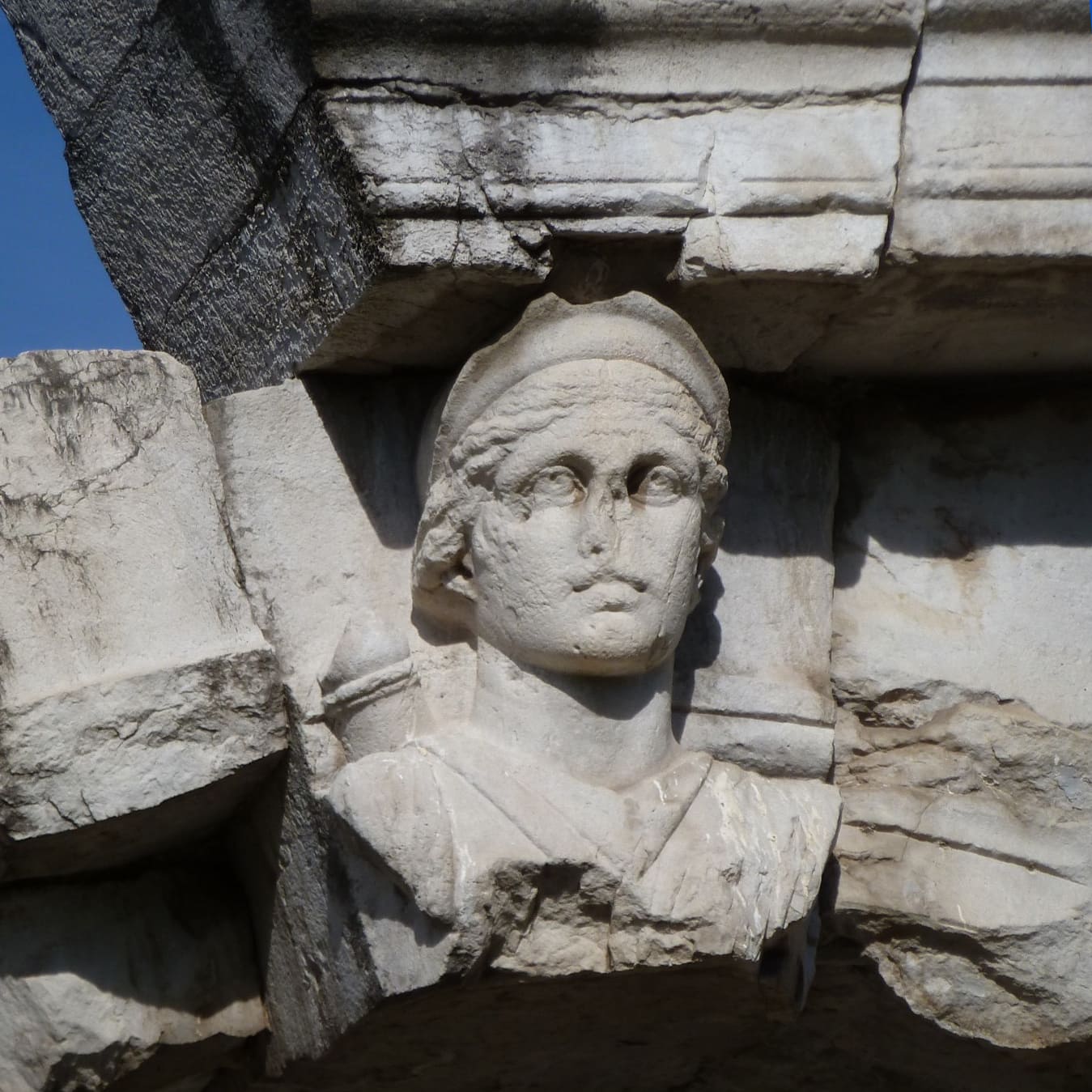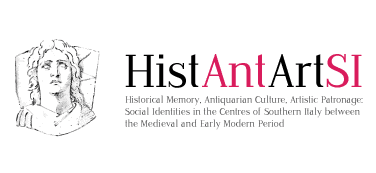HistAntArtSI
ERC Project: Historical Memory, Antiquarian Culture, Artistic Patronage: Social Identities in the Centres of Southern Italy
From the twelfth century, southern Italy was overrun by foreign rulers, who were constantly engaged in battles for dynastic succession. In a time of frequent political upheaval, local urban communities found themselves faced with the constant need to legitimate and reconfirm their status through negotiations with the king, or with local barons. In this context, methods employed by these communities in the construction of specific local identities, as well as techniques used by individuals and families to affirm their social position, assume particular importance. On the level of the individual and the community, the central elements in such processes appear to have been the re-use of the past and allusion to civic and family origins.
During this ERC Starting Grant project of 2011–16, an interdisciplinary team investigated the use of textual sources (both archival and literary) and local antiquities in methods of self-representation adopted by elite individuals and local communities in the Regno di Napoli between the medieval and early modern period. In particular, the project sought to identify the self-conscious, strategic use of historical sources and of the antique in the composition of new texts and in the commissioning of artistic and architectural works, beginning with Campania and then extending to Puglia, Calabria, Basilicata, Molise and Abruzzo.
A database accessible on the Internet was created to gather together data relating the antiquities and their local reuse, including works of art and architecture as well as the local scholarly histories in southern continental Italy between the fourteenth and seventeenth centuries. The database has been an essential tool for project participants, while also providing an instrument for research that opens new avenues of investigation for the scholarly community world-wide. Data on the antiquities of southern continental Italy is also being integrated into the material already present in the Census, thus expanding upon this significant international resource.
The project’s aim was to establish a balanced view of southern continental Italy between the late medieval and early modern period, a historical context has been judged with interpretative methods, such as those of centre and periphery, development and underdevelopment. Its aim was to reintroduce to the study of European history a time and place which has in effect been ‘lost’. It has provided both the knowledge and the tools needed for efforts to conserve, develop and manage of artistic and architectural heritage of southern Italy by local, national and international institutional bodies. Above all, at a time when Italy’s national heritage is being increasingly commercialised, the project has aimed at increasing Italians’ awareness of their own cultural heritage, so that Italy’s citizens can become its primary guardians.

Keystone Figure, Amphitheatre at Capua
Principal Investigator:
Bianca de Divitiis
Host Institution:
Università degli Studi di Napoli Federico II
Partners:
The Warburg Institute — School of Advanced Study, University of London
Census of Antique Works of Art and Architecture Known in the Renaissance
Project website:
histantartsi.eu
